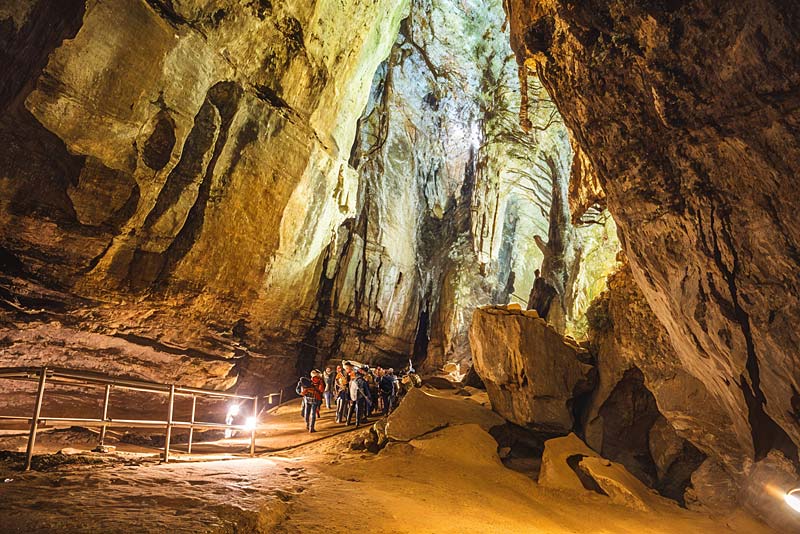Big Questions in Human Evolution
1. How has the environment changed over the past three million years, and how did these changes affect the animals and hominins living in the area?
2. How did hominins evolve physically and cognitively in the Cradle of Humankind?
3. What is the evolutionary connection between South African and East African hominins?
Alongside these broad questions, we also investigate the daily lives of our ancestors: How did they move, what did they eat, how did they use their landscape’s resources, and when did they start making tools?
The Importance of Ongoing Research
Decades of excavation at Sterkfontein mean that the site itself has become a focus of study, providing vital insights into human origins. Every fossil and tool excavated tells part of this story, and new methods applied to materials collected over the last 80 years often reveal exciting new information.
Recent Discoveries and Research
Here’s a look at some of the most exciting recent research from Sterkfontein:
How Old Is “Mrs Ples”?
New dating of Sterkfontein’s Member 4 deposit suggests that the Australopithecus fossils found there, including the famous “Mrs Ples” (Sts 14), are over a million years older than previously thought—dating back 3.3 million years.
Insights from “Little Foot”
-
Skull: The nearly complete skeleton of Australopithecus prometheus, known as “Little Foot,” offers an invaluable template for understanding isolated fossil finds. Dated at 3.67 million years old, it reveals significant species diversity in the South African fossil record.
-
Limb Bones: The shoulder structure of “Little Foot” shows a mix of human-like and ape-like traits, suggesting it was bipedal on the ground but still well-adapted for climbing trees.
-
Brain: A digital replica of “Little Foot’s” braincase shows a chimpanzee-sized brain (408cm³) with an ape-like frontal lobe and an expanded visual cortex, offering clues about early brain evolution.
-
Inner Ear: The inner ear structure supports the idea that “Little Foot” could both walk upright and move adeptly through trees.
-
Atlas (First Cervical Vertebra): This bone reveals differences in head movement compared to modern humans, shedding light on early hominin mobility.
-
Locomotion: The complete “Little Foot” skeleton shows adaptations for both upright walking and climbing, suggesting early hominins maintained a partially tree-dwelling lifestyle.
-
Synchrotron Imaging: High-resolution scans of “Little Foot’s” skull revealed intricate details of vascular canals and potential brain cooling channels.
Understanding Stratigraphy and Fossil Accumulation
-
Stratigraphy: By studying the cave’s sediment layers, researchers are piecing together how “Little Foot” and other fossils were deposited, helping refine the site’s timeline.
-
Hominin Predators: Machine learning analysis of tooth marks on Sterkfontein hominin fossils points to scavenging by brown hyenas—expanding our understanding of hominin life and death in the Cradle of Humankind.
These ongoing discoveries continue to reshape our understanding of early hominin evolution, providing clearer insights into our ancient past.

